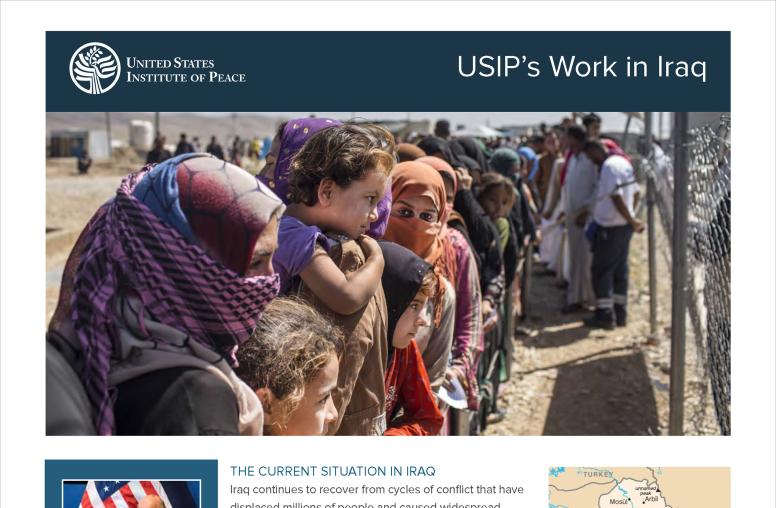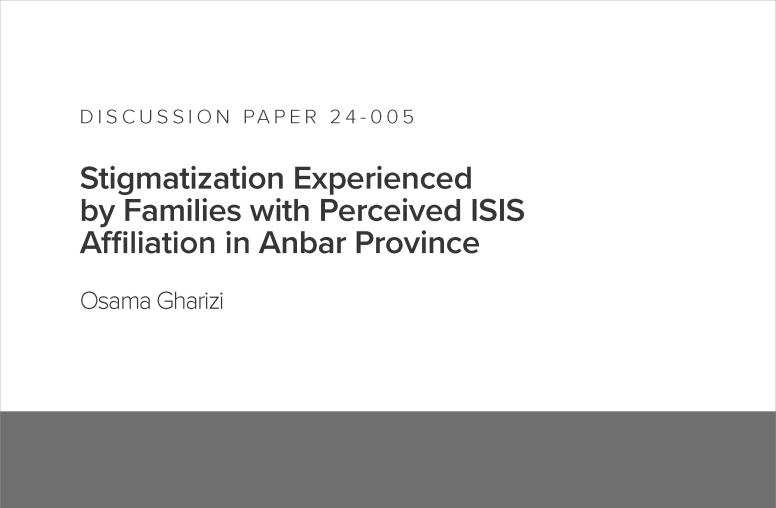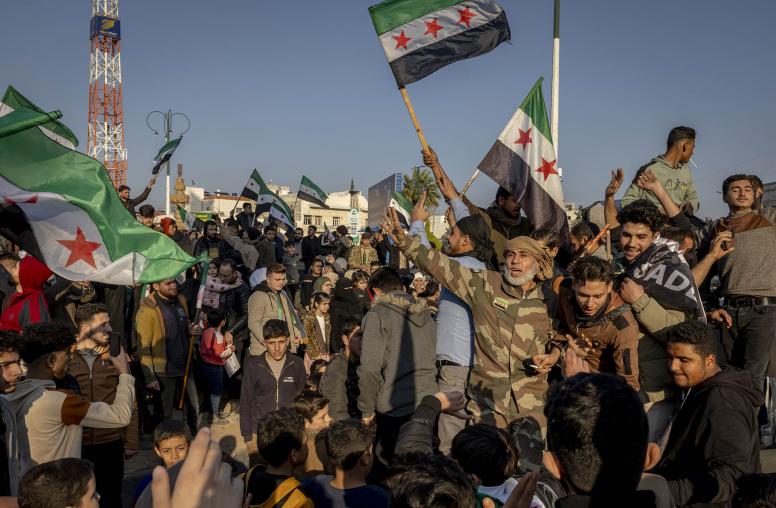Preventing Arab-Kurd Conflict in Iraq after the Withdrawal of U.S. Forces
Since the fall of the former regime in 2003, there has been continuous concern that fighting might break out between the Arabs and the Kurds over Kirkuk and the boundary of the Kurdistan Regional Government. Unless new conflict prevention mechanisms are put in place, there is a real risk that tensions could boil over as people tire of waiting for a political resolution.

Summary
- Since the fall of the former regime, in 2003, there has been continuous concern that fighting might break out between the Arabs and the Kurds over Kirkuk and the boundary of the Kurdistan Regional Government.
- In response to requests to help manage tensions between the different security forces, General Odierno, then Commanding General of United States Forces-Iraq, developed a Joint Security Architecture, bringing together Iraqi Security Forces, Kurdish forces, and US forces to work against their common enemy, the al-Qaeda.
- US forces are due to start pulling out of their conflict prevention role along the ‘trigger line’ that divides the Kurds and the Arabs in the disputed territories, by the summer of 2011. Unless new conflict prevention mechanisms are put in place, there is a real risk that tensions could boil over as people tire of waiting for a political resolution.
About this Brief
This PeaceBrief is written by Emma Sky, a fellow at the Institute of Politics, Kennedy School of Government, Harvard University. She was the chief political advisor to then United States Forces-Iraq Commanding General, Raymond Odierno, from 2008 to 2010.



